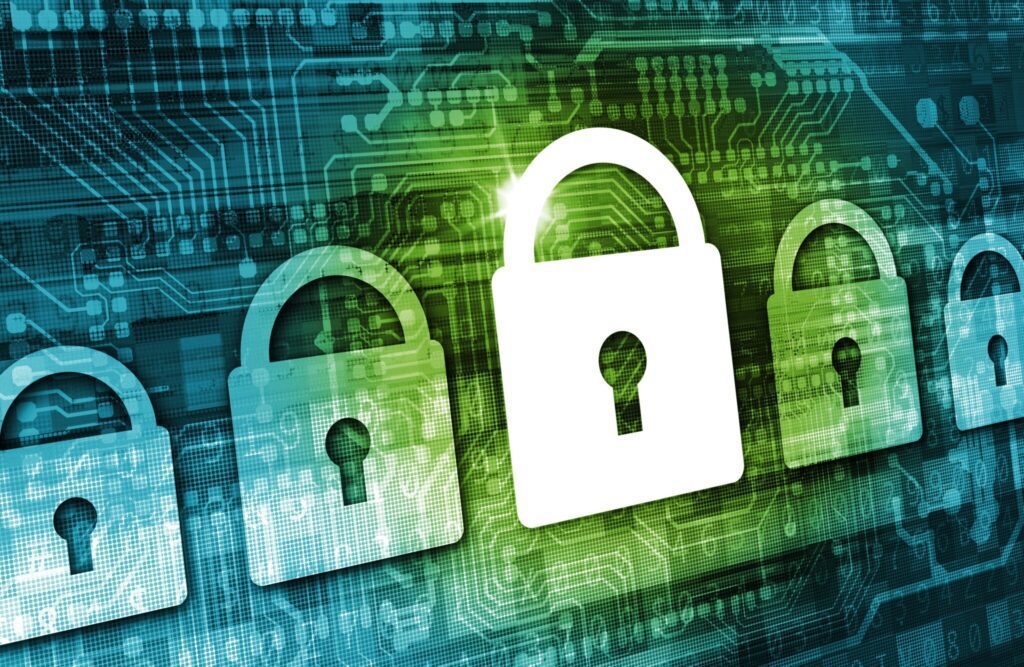Cybercrime and fraud are serious threats and constant vigilance is key. Cyber criminals exploit our increasing reliance on technology. Methods used to compromise a victim’s identity or login credentials – such as malware, phishing, and social engineering are increasingly sophisticated and difficult to spot. The story below from one of our clients, shared with her permission, is just one example of such a scam.
Our client received an invoice via email one Wednesday requesting payment for anti-virus software. She contacted the sender of the e-mail to pay the invoice electronically, and inadvertently allowed a hacker into her system. The hacker then downloaded hostile malware onto her computer and transferred 100% of the cash from her investment account to her checking account. She was alerted about the money transfer and immediately called Schwab. Due to her quick thinking in contacting Schwab right away, she was able to secure her accounts without any of her assets being stolen. The hacker even called back to gain access to the checking account she told him that she wasn’t going to fall for it again, will call the police and hung up.
The following checklist summarizes common cyber fraud tactics, along with tips and best practices. Many suggestions may be things you’re doing now, while others may be new.
How we can work together to protect your information and assets
Safe practices for communicating with APCM, AWMI and Schwab
- Keep us informed regarding changes to your personal information.
- Expect us to call you to confirm email requests to move money or change account information
- Confirm your identity using Schwab’s voice ID service when calling the Schwab Alliance team for support.
- Use two-factor authentication, which requires you to enter a unique code each time you access your Schwab accounts.
Follow general best practices
- Be suspicious of unexpected or unsolicited phone calls, emails, and texts asking you to send money or disclose personal information. If you receive a suspicious call, do not accept it, hang up, and call back using a known contact number.
- Be cautious when sharing sensitive information and conducting personal or confidential business via email, since it can be compromised and used to facilitate identity theft.
- Do not disclose personal or sensitive information on social media sites, such as your birthdate, contact information, and mother’s maiden name.
- Be cautious when receiving money movement instructions via email. Call the sender at their known number (not a number provided in the email) to validate all instruction details verbally before following instructions or providing your approval.
- Protect yourself from phishing attempts and malicious links.
- Check your email and account statements regularly for suspicious activity.
- Do not verbally disclose or enter confidential information on a laptop or mobile device in public areas where someone could potentially see, hear, or access your information.
- Verify payment requests you receive by phone or email. Requests for you to make payments using prepaid debit cards, gift cards, or digital currency are frequently associated with fraud or scams.
Keep your technology up to date
- Keep your web browser and operating system up to date and be sure you’re using appropriate security settings. Old software, operating systems, and browsers can be susceptible to attack.
- Install anti-virus and anti-spyware software on all computers and mobile devices.
- Enable the security settings on your applications and web browser.
- Do not use free or found USB thumb drives—they could be infected with viruses or malware.
- Turn off Bluetooth when it’s not needed, to protect against individuals gaining access to your devices using Bluetooth connections.
- Safely and securely dispose of old hardware.
Be cautious with public networks
- Avoid using public computers. If you must use one, go to the browser settings and clear the browser history (cache) and cookies when you’re finished.
- Only use wireless networks you trust or that are protected with a secure password.
- Use your personal Wi-Fi hotspot instead of public Wi-Fi.
- Do not accept software updates if you are connected to public Wi-Fi.
Be strategic with your login credentials and passwords
- Do not use personal information such as your Social Security number or birthday as part of your login ID.
- Create a unique password for each financial institution you do business that are long and contain a combination of characters, numbers, and symbols. Consider using a password manager to create, manage, and store passwords that are unique and secure.
- Do not share your passwords.
- Use two-step verification whenever possible.
Be sure you’re on a secure website
- Check the address bar for site validity indicators whenever you log in to a website. Some browsers use green text or security symbols to indicate a secure and verified site.
- Check the URL to see if it’s a secure connection. Secure sites begin with https rather than http, and are generally considered safer.
- Download apps only from the Google Play™ Store or the Apple App Store®.
- Do not visit websites you don’t know—for example, websites advertised on pop-up ads and banners.
- Log out completely to terminate access when you’ve completed a secure session, such as with online banking or a credit card payment.
Beware of phishing
- Do not click on links or attachments in emails and text messages if you question the validity of the sender. Instead, type the real web address, for example https://www.schwaballiance.com, in your browser.
- Hover over questionable links to reveal the site’s full URL and see where the link really goes. Do not click on links that don’t match the sender or don’t match what you expect to see.
- Be suspicious of emails that have grayed-out Cc: and To: lines—they may have been sent to a mass distribution list.
- Check the sender’s domain name in the email address (john.doe@apcm.net) to see if it matches what you would expect to see.
- Activate the spam filters in your email settings tab. This will help prevent unsolicited emails from coming to your inbox.
What to do if you suspect a breach
- Call APCM at 907-272-7575 or your Schwab Alliance team immediately at 800-515-2157 so that they can watch for suspicious activity and collaborate with you on other steps to take.
Thank you to Charles Schwab
5/9/22







